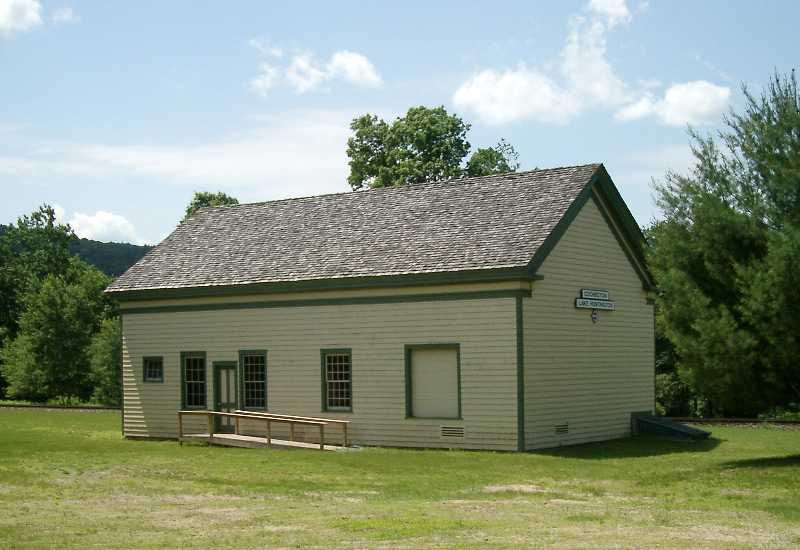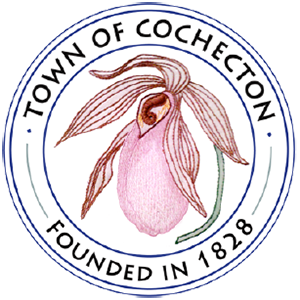Railroad History
 The Oldest Railroad Station in New York State
The Oldest Railroad Station in New York State
Along Route 97, just north of Cochecton, the oldest railroad station in New York State is coming back to life nearly half a century after trains last stopped to let passengers off for summer vacations in local boarding houses, decades after milk and eggs were shipped out to city markets.
When the Great New York and Erie Railway Company opened for business on May 14, 1851, Cochecton, a busy little village along the line, boasted a complex of original railroad buildings, including a freight house and a passenger station.
Over the years, as the railroad changed and Cochecton faded in importance. All railroad businesses were consolidated into the freight house. Other buildings were demolished.
The Erie became the Erie Lackawanna, the Conrail, then Norfolk Southern. As it downsized in the 1970s, the railroad no longer need a station at Cochecton. A local business toll took over the building for storage space. By the summer of 1992, the owners had decided to tear it down to make room for their trucks.
In the belief that something could be done to save the station that had meant so much to he history of the community, a small group of local residents and preservationists formed the Cochecton Preservation Society (CPS). They envisioned a restored station that was part museum, part community center, sharing Cochecton's rich transportation history with the next generation of local residents as well as the visitors passing through on Route 97.
Despite the lack of major philanthropic or governmental support, the newly formed organization raised enough money and found enough volunteer help to meet the deadline of moving the building within a year. They labeled the station's architectural elements, dismantled it, and moved the pieces into safe, dry storage, while making plans for the future.
A five-acre site, about a mile and a half up the track from the original location, was donated. Architectural drawings of the original building, a master plan, a site plan, and specifications for a foundation were produced. A full basement was excavated, and the foundation poured. Floor beams (most of the reclaimed beams from the original station) and flooring were installed. The station's 140-year-old frame was re-erected. Its massive beams — hand hewn from virgin forest timber — were again raised to the rooftop. The original Greek Revival style cornice, frieze, windows and doors were restored. Using a 1910 photograph as reference, the ticket office's bay window was reconstructed. Appropriate siding was applied, and volunteers painted it, risking life and limb to reach the highest gable.
As the new century begins, the CPS continue the hard work to restore the interior to reflect its original appearance, getting ready to welcome visitors to its very special station.

